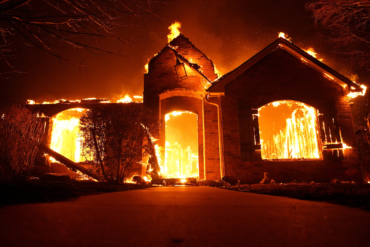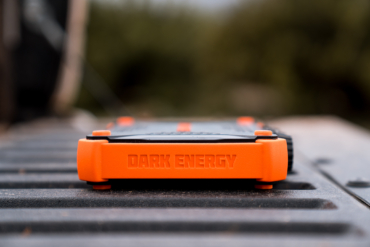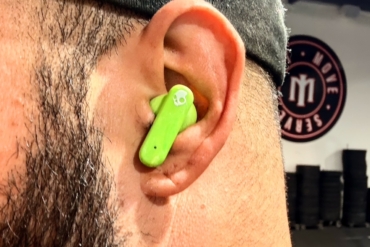Handheld or head-mounted? Each lighting type has its advantages. Here, we distill the debate from a few angles in the dark.
You grew up clenching a flashlight to hike a nighttime trail. Likely, it took D-size batteries and shined a weak, yellow beam. Today, headlamps dominate in the active-outdoors space. From hikers to mountaineers, the convenience of hands-free lighting made headlamps a default choice.
But it’s not that cut and dry. Manufacturers still produce flashlights by the millions, and the category has matured. Handheld light sources have their place for outdoorsy types who want a stowable unit ready to deploy from the hip.
With Coast Products, a Portland, Ore., brand, we investigate situations where a flashlight and/or headlamp comes into play. (Coast offers more than 30 headlamps and about 80 flashlights in its line.) We polled the GearJunkie staff as well as a representative from Coast to help distill the “debate” with some common nocturnal use-case scenarios.

Headlamps or Flashlights?
Brightness: Modern leaps in LED efficiency have been advantageous to headlamps and flashlights alike. Today, most flashlights and headlamps rely on LED technology, and brightness has soared while the cost per lumen continues to drop. No longer do flashlights hold a monopoly on mega-bright beams; some headlamps deliver LEDs that shine as bright as car headlights. But for the very brightest tool, spotlight-style flashlights that support larger LEDs reign as ultimate “light cannons” that can cut a beam hundreds of feet into the night.
Form factor: One mounts on your head, one fits into your hand. The fundamental design of each unit makes them simply different tools. Here, the “debate” is more a preference per individual. But some people new to camping may overlook a headlamp option. As Coast noted, “A headlamp is perfect when both hands are needed for a task; think biking, climbing, even simply setting up a tent.”
Durability: With straps and small (often plastic) housing, headlamps cannot take a beating like many flashlights can. “Flashlights, in many cases, are built to be more durable and more versatile than headlamps,” Coast said. A solid aluminum cylinder, often sealed with gaskets to keep it watertight, make many flashlights nearly indestructible in a backpack, or tossed into the trunk of a car.

Beam angles: A headlamp shines from a fixed point, while a flashlight in the hand is maneuvered to capture different angles. In tricky nighttime situations, the varying angles and adjustability of a flashlight can give depth-of-field that’s hard to obtain with an LED affixed to your forehead. Some GearJunkie editors use a combination of a headlamp and a flashlight during difficult nighttime travel in the mountains or while navigating with a map and a compass in the dark.
Tech trends: “Reactive lighting” that auto-adjusts brightness and other upgrades give headlamps a leg up on the common flashlight. But the company cites an example of unique tech with one of Coast’s lights, the PS600R. It has a large, rechargeable lithium-ion battery with a USB port, allowing you to recharge other devices because the flashlight is essentially a portable power pack.
Price: Costs range widely, but, in general, flashlights cost less than a comparably-bright headlamp. Industry-wide, the construction of a flashlight involves fewer parts and has become highly commoditized. That said, entry-level headlamps like Coast’s FL11, with a 130-lumen brightness rating, are highly affordable ($23) and usable for any common camp task.
–This article is sponsored by Coast Products.







